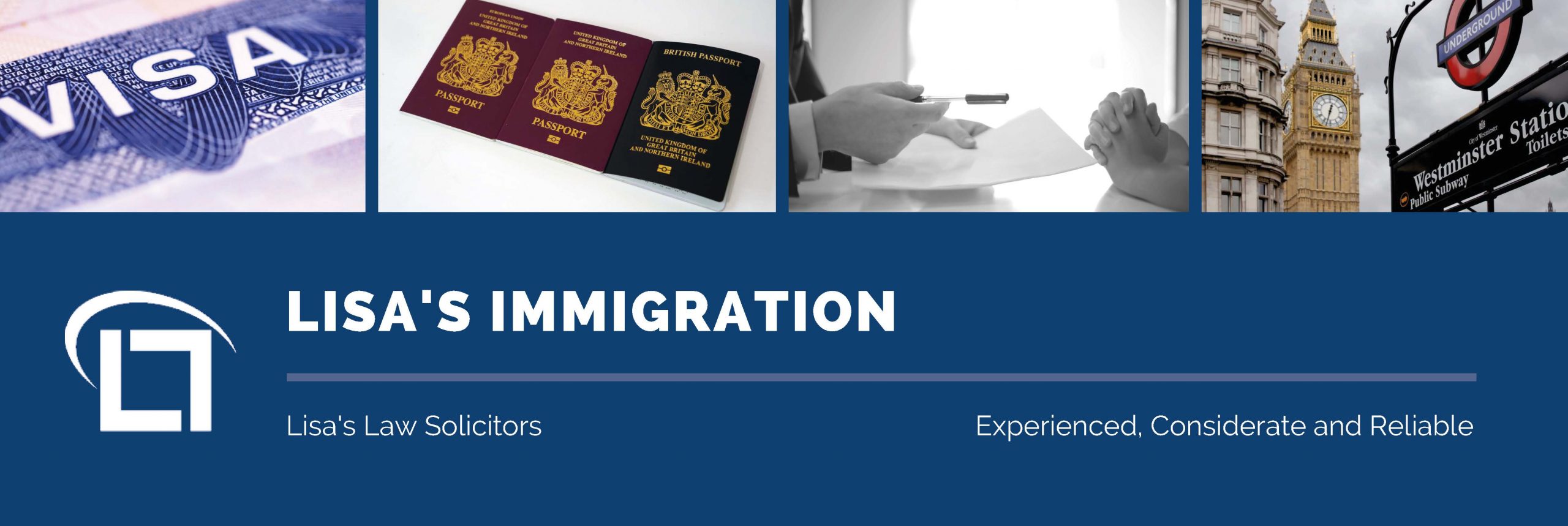
The word covenant derives its root from Latin word ‘convenire’. Meaning “come together”, agree, unite or be suitable.
A restrictive covenant is a promise that prohibits us from doing something. Therefore, in the context of an owner or occupier of a piece of land, it is a promise not to do something on his or her land. It is a restriction on the use of the land. Restrictive covenants do not only bind on those who agreed to them but they may run with the land. They bind on future owners or occupier of the land. A restrictive covenant is only valid if it gives some benefit to an adjoining piece of land. The intention may be to keep the character of the neighbourhood residential.
Some examples of restrictive covenants are; restriction not to build or erect any new structure whatsoever on the land; restriction to build only one dwelling on the land or restriction of access over the land.
It is important to bear in mind that there are risks or consequences when we choose to ignore restrictive covenants. It may lead to breach of the restrictive covenant. Hence, ensue Court proceedings should the beneficiary of the restrictive covenant object to the breach.
If you are an owner or occupier of a piece of land with restrictive covenants and you want to carry out development that are likely to breach the restrictive covenants do not just ignore the restrictive covenants rather seek specialist legal advice. Thus, our conveyancing team can assist you with specialist advice should you need such assistance.

A case study
In the decision of the Court of Appeal in Alexander Devine Children’s Cancer Trust v Millgate Development Ltd and others [2018] EWCA CIV 2679 (Millgate and others), developers were reminded of the risks of ignoring restrictive covenants in the course of carrying out development.
The brief facts of the case are that in 2012 the Trust was gifted a portion of agricultural land by Mr Smith for development of hospice for children to live out their remaining days in peace. In 2013, Millgate acquired some land for developing a 75 unit residential site with a planning required to provide 13 off-site affordable housing units. Millgate designated land neighbouring that of the Trust’s has a restrictive covenants agreed in the 1970’s which stated “no building structure or other erection of whatsoever nature shall be built, erected or placed on Millgate’s land.” In 2014, works began. When Mr Smith became aware of the development, he raised objection on behalf of the Trust. He asked the work to stop in recognition of the restrictive covenant. However, Millgate acting on legal advice continued with the work. Millgate applied for discharge of the covenant to the land Tribunal. The Trust opposed Millgate’s application based on the Trust’s land ownership and the harm directly caused to their intended hospice.
The Tribunal found in favour of Millgate in the public interest argument, on the basis of the economic and public benefit provided and the Trust compensated for nuisance.
The Trust appealed the decision. On 28th November 2018, The Court of Appeal heard the case and was very critical of Millgate’s behaviour. The Court found in favour of the Trust on grounds that the Tribunal had erred in law, public interest to ensure and uphold the rule of law and breach of property right.
Hence, the takeaway lesson is, it is important not to just ignore restrictive covenants. Seek specialist legal advice in order to assist you identify the risks, weigh the risks and how to resolve them.
Have questions? We are here for you!
In the meantime, we are operating as usual, and you can reach us on 020 7928 0276 or email in to info@lisaslaw.co.uk for any questions you may have on this topic.
Or, why not download our free app today? You can launch a new enquiry, scan over documents and much more.
If you have an iPhone, follow this link to download.
If you use an Android phone, follow this link to download.
Find the link here if you need some further instructions on how to use our new app!





















